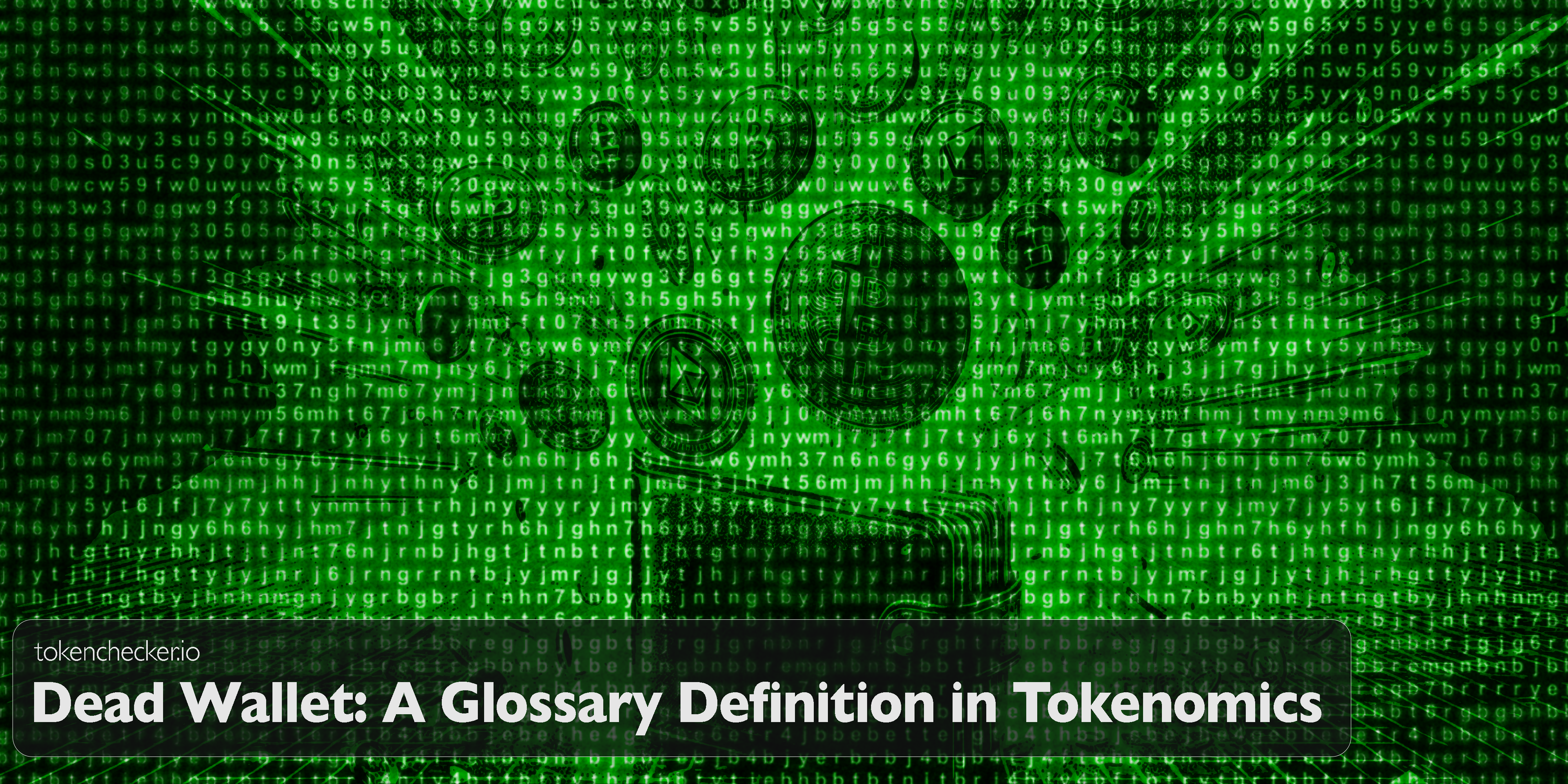
Dead Wallet: A Glossary Definition in Tokenomics
A dead wallet in crypto refers to a wallet that holds assets but hasn’t had any activity—no incoming or outgoing transactions—for years. It’s not empty, and it’s not deleted. It’s just silent. Sometimes it’s due to lost keys. Other times it’s a long-term hold that’s been forgotten. Either way, the assets sit idle on-chain, untouchable unless access is regained.
That inactivity matters more than people think. Dead wallets reduce circulating supply, skew market data, and trigger psychological shifts when they suddenly reactivate. They highlight the tension between self-custody and risk—because with great control comes the very real chance of permanent loss.
What Makes a Wallet "Dead"
A wallet isn’t dead just because it’s quiet for a few weeks. It becomes "dead" when:
- No activity occurs for years
- It holds assets (not just an empty shell)
- The private keys are lost, forgotten, or otherwise inaccessible
The key distinction? It’s theoretically recoverable—unlike a burn wallet, which is gone forever.
Why Wallets Go Dead
Lost Keys
The most common reason. If the private keys or seed phrase are lost, the wallet is inaccessible. There’s no password reset. No customer support. It’s just gone.
Owner Death
If someone dies without sharing their keys, the assets are lost with them. This is becoming a growing issue in crypto inheritance.
Forgotten Holdings
Sometimes people just forget they had crypto. Maybe it was a $20 buy in 2013 that’s now worth $200K. But they don’t remember the wallet.
Long-Term Holding (HODLing)
Not all dead wallets are tragic. Some are intentional. Investors who buy and walk away for years are still contributing to dormancy—even if they plan to come back.
Damaged Storage
Paper wallets burned in a fire. Hardware wallets dropped in water. If backups don’t exist, the assets are trapped.
Burn Wallet vs Dead Wallet
These two terms get confused a lot, but they’re very different.
| Dead Wallet | Burn Wallet | |
|---|---|---|
| Private Keys | Technically exist (but lost/inaccessible) | Do not exist (intentionally) |
| Recoverable? | Maybe, if keys are found | No, by design |
| Purpose | Accidental or long-term inactivity | Deliberate destruction |
| Intent | Unplanned | Programmatic |
| Supply Impact | Assets removed from circulation (maybe) | Assets permanently removed |
Projects like Shiba Inu have used both real burns and pseudo-burns (sending to dead wallets). This creates confusion. True burns go to null addresses. Dead wallets still have private key potential—even if the odds are slim.
Why It Matters for Tokenomics
Dead wallets affect the effective circulating supply. Assets that can’t be moved might as well not exist. This creates scarcity even if it wasn’t planned. Understanding this is key to understanding tokenomics as a whole.
Bitcoin is the best-known example. Millions of BTC are presumed lost forever due to forgotten keys and early mishaps. Those losses act like a permanent supply cut, making the remaining BTC more scarce.
It’s like a stealth burn mechanism but organic.
Whale Wallets and Market Impact
Some of the largest wallets on-chain have been inactive for over a decade. These so-called “Sleeping Beauties” can hold tens of thousands of coins. When they move? The market notices.
Reactivation sparks speculation:
- Is an OG investor returning?
- Did someone recover lost keys?
- Is there insider selling coming?
These wallets shape sentiment even without selling. The silence is powerful—and its end can ripple through the market.
Dead Wallets and Crypto Inheritance
If a user dies and no one has their keys, their assets die with them. This is why crypto inheritance planning is becoming essential.
Emerging solutions include:
- Smart contract beneficiary features
- Social recovery mechanisms
- Legacy access management services
Without planning, dead wallets from owner demise will keep growing. That’s a supply sink and a financial tragedy.
Accidental Deflation
Lost keys are not just a user mistake—they have system-wide consequences.
Satoshi Nakamoto famously said:
"Lost coins only make everyone else’s coins worth slightly more. Think of it as a donation to everyone."
This accidental deflation adds a subtle force to long-term value appreciation. While not a design feature, it’s become part of the system’s economics.
Dead Wallet vs Dead Coin
These get mixed up too. A dead wallet is about activity and access. A dead coin is about value and viability.
You can have:
- A dead wallet holding live assets (like BTC or ETH)
- A live wallet holding dead coins (useless or scam tokens)
A dead wallet = no access. A dead coin = no value.
Both matter for tokenomics. But they’re not the same thing. One is about tokens vs. coins, and the other is about wallet accessibility.
Final Thoughts
Dead wallets tell a hidden story about crypto’s long-term health, risks, and supply dynamics. They remind us that control comes with responsibility—and sometimes, irreversible loss.
They reduce circulating supply. They shape price behavior. And they highlight the need for better security, inheritance tools, and community education.
tokenchecker.io doesn’t just scan contracts—it can also surface wallets with unusual dormancy, top holder behavior, and ecosystem-wide supply trends. That context helps you spot when a wallet is truly gone or just asleep.
Because in crypto, silence isn’t always safety. Sometimes it’s a signal.